Let's. An essential challenging behavior prevention strategy for children who don't follow directions.
Let’s.
“Let’s go to the beach…”
“Let’s work together to create a plan to prevent Jasmine from hitting the other children during circle time.”
“Let’s decide what your professional development goals are.”
“Let’s hurry up and clean up the blocks so that we can go outside!”
“Honey, let’s figure out how on earth we can get the kids to ____________ (insert your challenge here)…”
What feelings did these sentences, questions and invitations bring up?
Did you want to go along with the ideas in each of them?
How do you think these offers would land with children you know?
What do you think the listener would say, do, think or feel?
Versus:
“You need to come to the beach with me right now if you want to eat this delicious watermelon salad I made.” (!?!?)
“What’s going on with Jasmin at circle time? You’ve got to get a handle on that.”
“You need to work on getting your paper work in on time, actively supervising the adults in your room, and how you speak to the children.”
“It’s clean up time. Why aren’t you cleaning those blocks up?”
“Every time I leave you home alone with the kids it’s a giant mess in here when I get home.” (I’m not saying that’s not infuriating!!!)
How did these feel?
Would you call them directions? Commands? Accusations?
Did any of them make you feel defensive?
Did you want to do what was being asked of you?
Let’s.
Saying, “let’s…” is not appropriate for every situation. It won’t work with every child. It won’t work every time. But in my experience it is often an underused strategy for getting others to go along with our ideas, taking our suggestions, and following the rules and routines of our classrooms and programs.
Now, depending on your relationship with the child it may be 100% appropriate and in some cases more effective to give a directive or command. That’s fine. If you are telling them what to do and they are listening then pass this article onto a colleague who is not as effective with that approach. If our methods don’t align with our educational philosophies they tend to fail. We even have research on that).
There’s huge individual and cultural variation here in terms of what feels good and appropriate when we ask or tell one another to do things. I offer this for those of you who are struggling and for those that feel like using “let’s…” could be a good fit.
I like “let’s” because it creates a sense of we.
It’s sort of a team spirit approach. Like: “We need to wash our hands so we don’t spread germs.”
Giving directions to children using the word “let’s” sends the message that we are on the child’s team. Rather than telling them what we want them to do we’re telling them what we as a class need to do.
If you tell them why we need to do it sometimes that’s even better. We convey trust and respect in letting them know why doing this thing we are asking is important.
“Let’s…” can work well both when you are giving directions to the whole class, as well as when you are giving individual directions or reminders (see my other post Preventing Challenging Behavior at Clean Up Time and Other Transitions for more on individual directions and reminders ) .
Using Individual Reminders and “let’s” are two strategies that work excellently together, but I also highly recommend using, “let’s” when addressing the whole group. “Let’s hurry up and clean up so we can read Go Away Green Monster before lunch!” “Don’t forget it’s time to brush our teeth so we don’t get cavities. Let’s see who can get their toothpaste from the paper towel to their toothbrush all by themselves today!”
(I could write a whole piece on using, “don’t forget…” For now suffice it to say this is a sister strategy and also can work well with children who love to resist authority and following the rules and routines of the classroom).
Wondering how you might use this in your classroom?
You probably have some ideas already but if not:
Think about a time of day when you get the most resistance from children who exhibit challenging behavior with regard to following the rules and routines of your classroom.
How do you usually prompt them to move through the transition, follow directions, or do what’s expected?
Take a moment and really consider how you and the other teachers in your classroom typically phrase the request or prompt children to do what you want.
Can you think of a way to reword the directions using, “let’s…”?
Try working off one of the examples at the beginning of this article.
Revise your wording and use this challenging behavior prevention strategy today.
Let’s try some new ways of speaking to children this week and see what happens!


